New Zealand’s landscape hides an extraordinary underground world of caves waiting to be explored. These subterranean wonders showcase glowworms, underground rivers, and ancient limestone formations that captivate visitors from around the globe.
From beginner-friendly guided tours to challenging expeditions for seasoned cavers, New Zealand’s underground adventures offer something for every traveler seeking unique experiences. Here is a list of underground cave adventures in New Zealand that truly deserve to be called unreal.
Waitomo Glowworm Caves
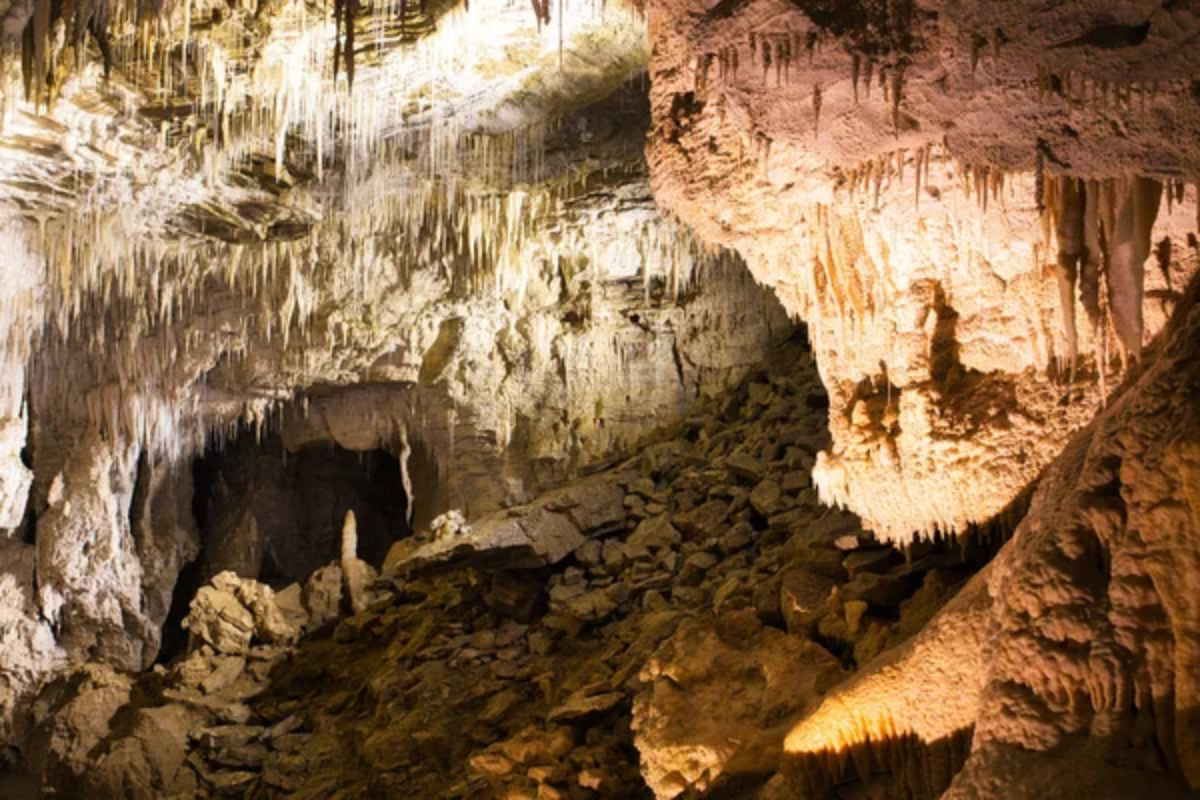
The Waitomo Glowworm Caves feature thousands of bioluminescent larvae, creating a living constellation on the cave ceilings. Visitors experience this magical spectacle by taking a serene boat ride through the darkness, guided only by the blue glow of these unique creatures.
The Arachnocampa luminosa species are found nowhere else on Earth, making this a truly unparalleled natural wonder.
Ruakuri Cave

Ruakuri Cave offers New Zealand’s longest guided underground walking tour through chambers filled with impressive stalactites and stalagmites. The spiral entrance ramp was designed to respect Māori spiritual beliefs about the site while providing accessible entry to the underground world.
Underground streams and remarkable acoustics add to the cave’s mystique, occasionally hosting concerts in this natural subterranean amphitheater.
Like Travel Pug’s content? Follow us on MSN.
Lost World Adventure
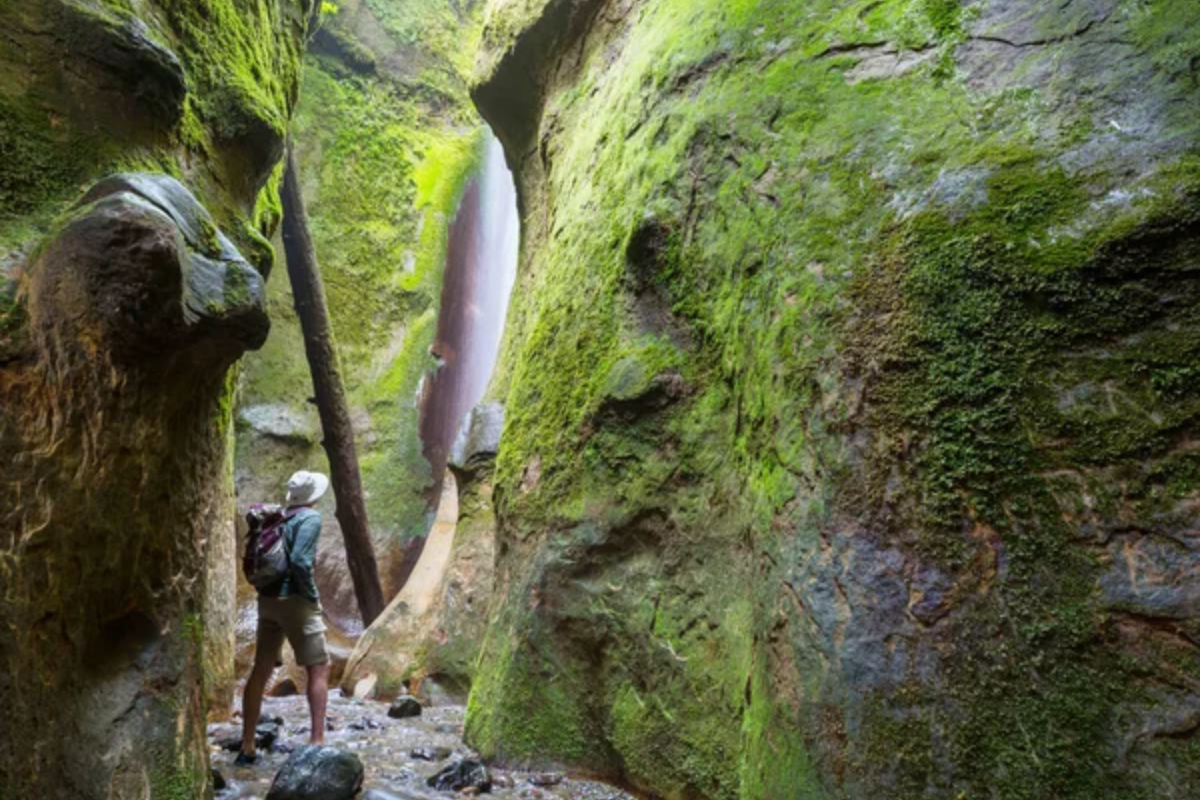
The Lost World Adventure begins with a 328-foot abseil descent through a massive sinkhole, equivalent to rappelling down a 35-story building. This dramatic entrance takes adventurers into an enormous prehistoric cavern surrounded by ancient rock formations and verdant moss.
The four-hour journey continues through river passages and enormous chambers before returning to daylight through a different route.
Aranui Cave

Aranui Cave showcases some of the most pristine limestone formations in the Waitomo region, displayed in warm amber hues. Unlike other caves, Aranui doesn’t feature glowworms, allowing visitors to focus entirely on the impressive geological structures.
The cave provides a crucial habitat for native cave weta, peculiar insects that have adapted perfectly to life in perpetual darkness.
Harwoods Hole
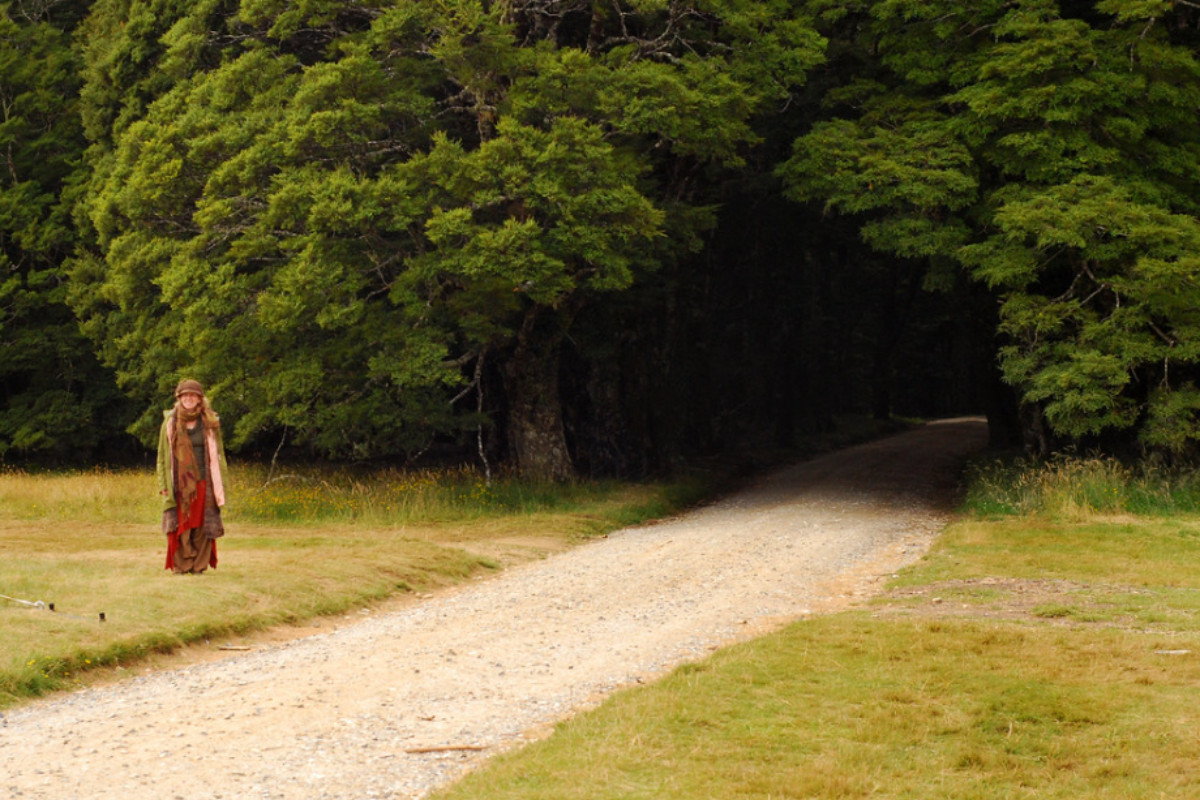
Harwoods Hole plunges an astounding 580 feet straight down, making it New Zealand’s deepest vertical shaft. The approach involves a 45-minute hike through beech forest before reaching the massive sinkhole surrounded by sheer rock faces.
While casual visitors can peer cautiously from the edge, only expert cavers with technical equipment can descend into its depths to explore the complex cave systems running for miles underground.
Like Travel Pug’s content? Follow us on MSN.
Te Anaroa Caves
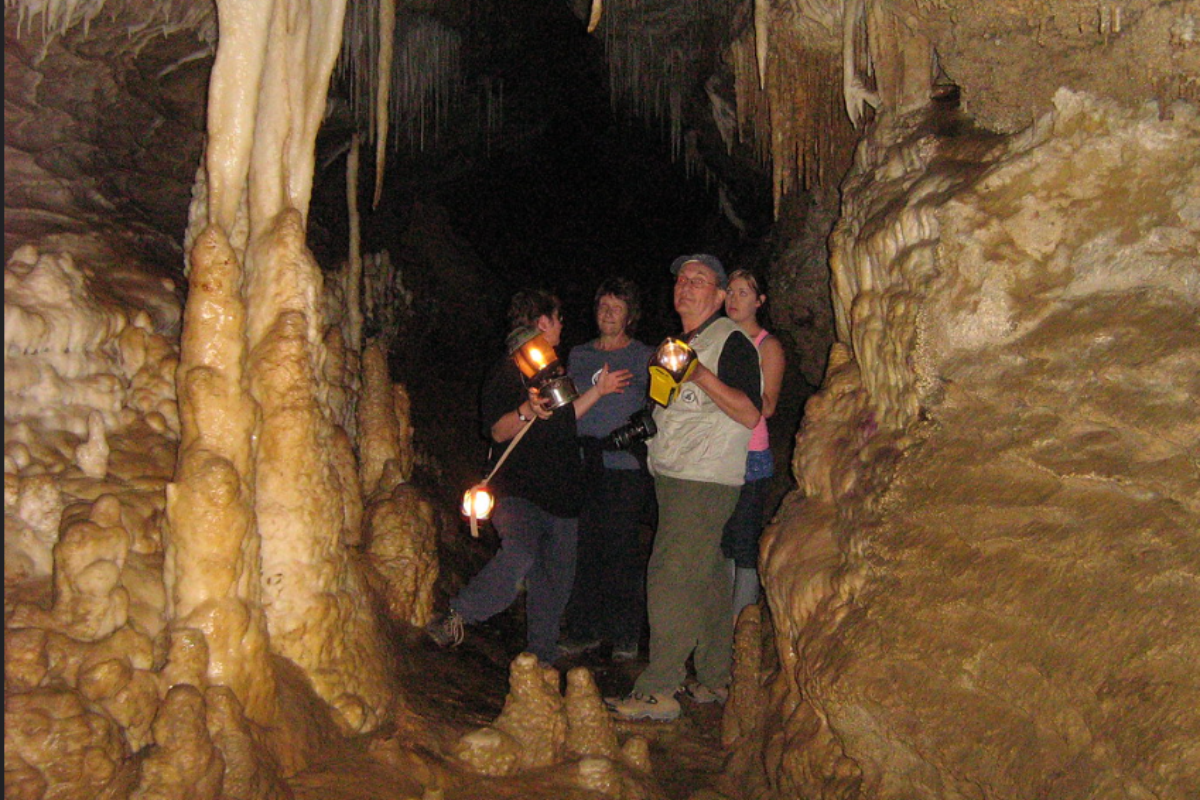
The Te Anaroa Caves network stretches over three miles beneath Paparoa National Park on the South Island’s west coast. These lesser-known caves feature underwater rivers that carved passages through limestone over countless centuries.
The relative lack of tourism development offers a more raw and authentic experience for those willing to venture off the standard cave touring circuit.
Abbey Caves
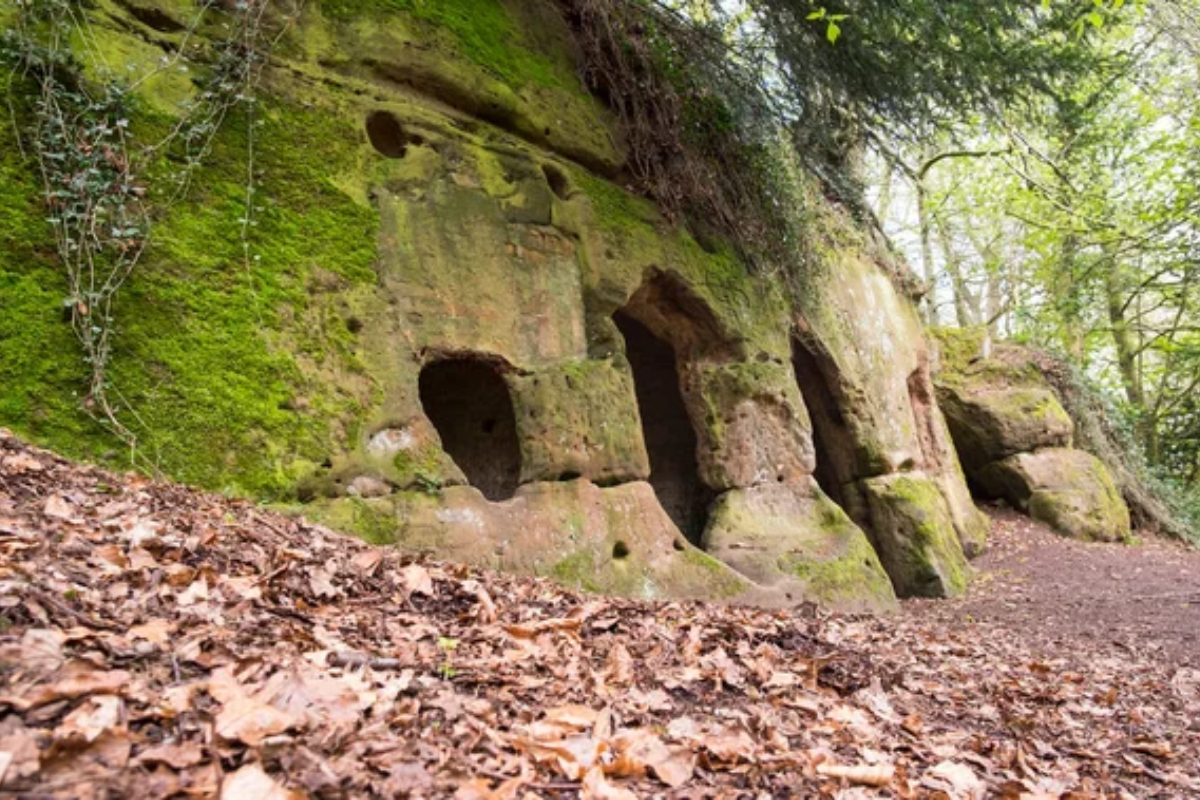
The Abbey Caves near Whangarei offer a free, self-guided experience for adventurous travelers willing to wade through underground streams. The three main caves—Organ, Middle, and Third—have distinct characteristics, with Middle Cave boasting impressive glowworm displays during summer.
Visitors must bring flashlights and sturdy footwear, as the pathways are unimproved and involve scrambling over rocks and through water.
Aurora Cave
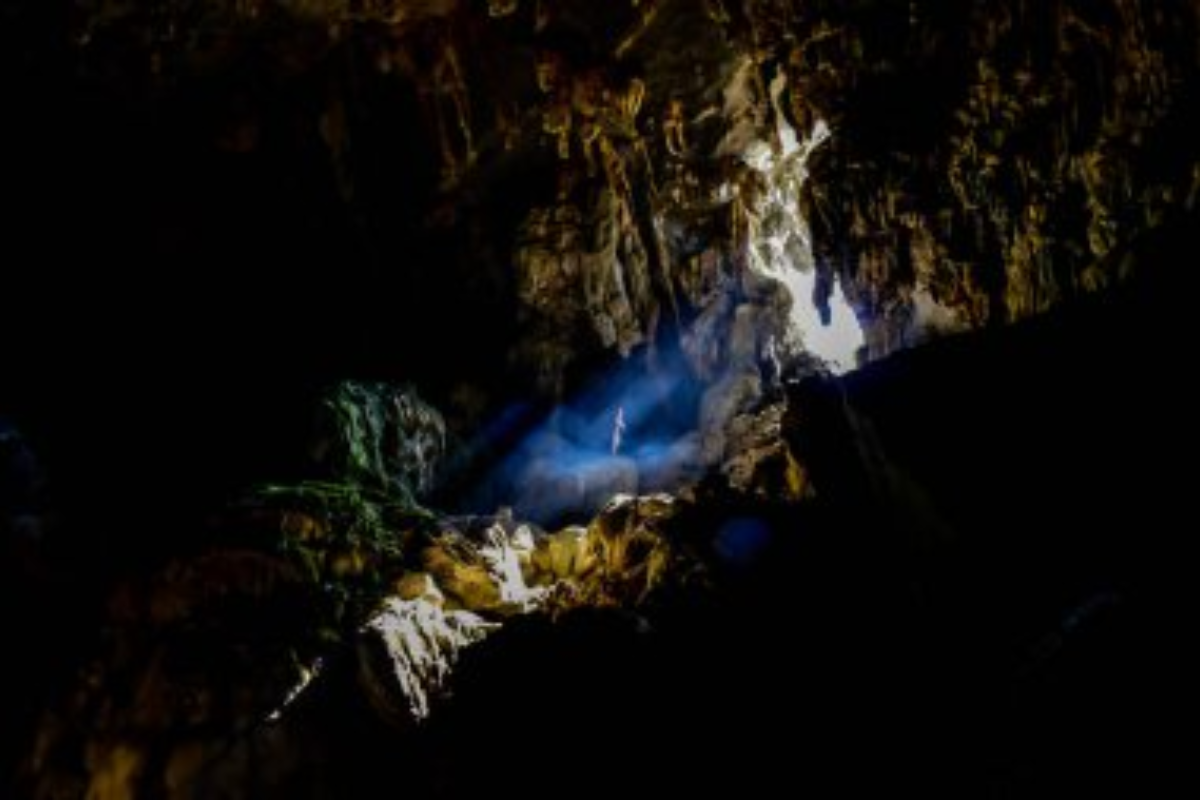
Hidden within Fiordland National Park, Aurora Cave contains evidence of multiple ice age cycles preserved in its unique rock formations. Scientists have used these geological records to understand climate patterns spanning hundreds of thousands of years.
Access is limited primarily to scientific expeditions, preserving its pristine condition and archaeological significance.
Like Travel Pug’s content? Follow us on MSN.
Clifden Caves
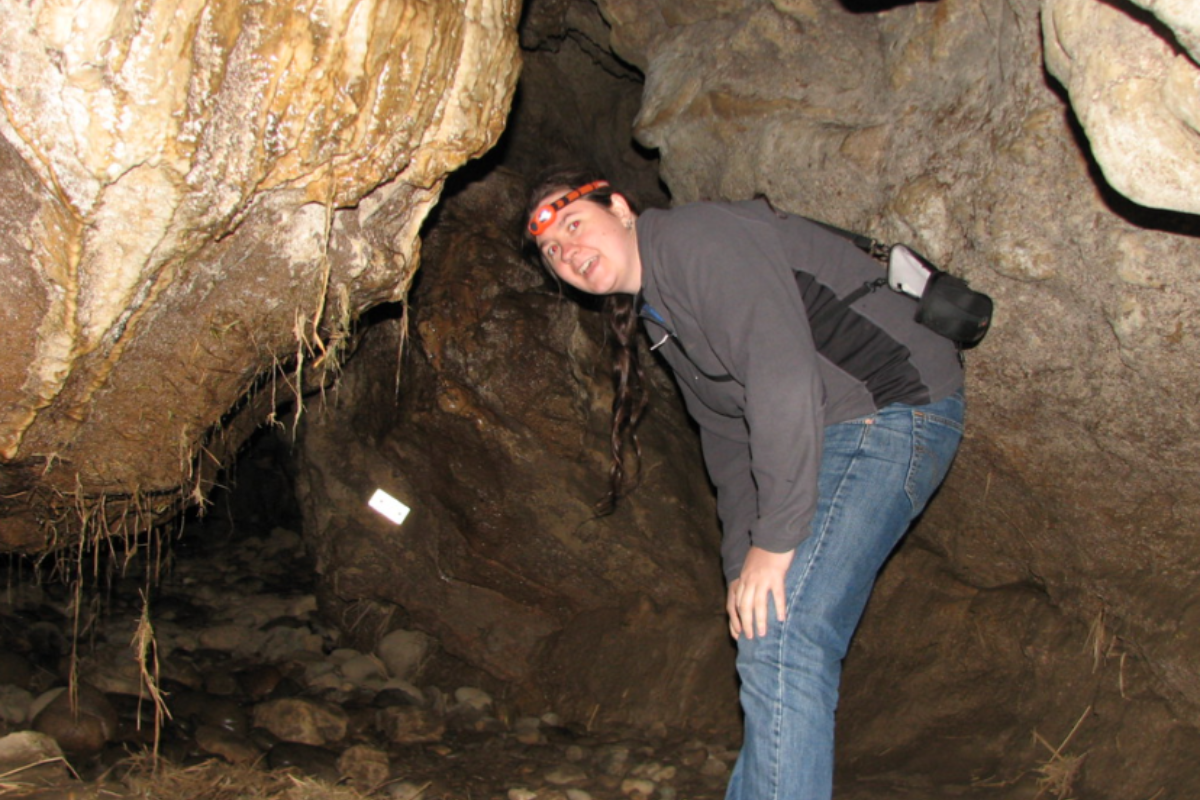
The Clifden Caves in Southland feature magnificent limestone formations and an underground river that visitors must cross several times during their journey. Light filtering through the cave entrance creates ethereal blue-green reflections in the water that seem to glow from within.
Visitors must bring their lighting equipment and be prepared for a moderately challenging adventure, including crawling and wading through knee-deep water.
Rawhiti Cave
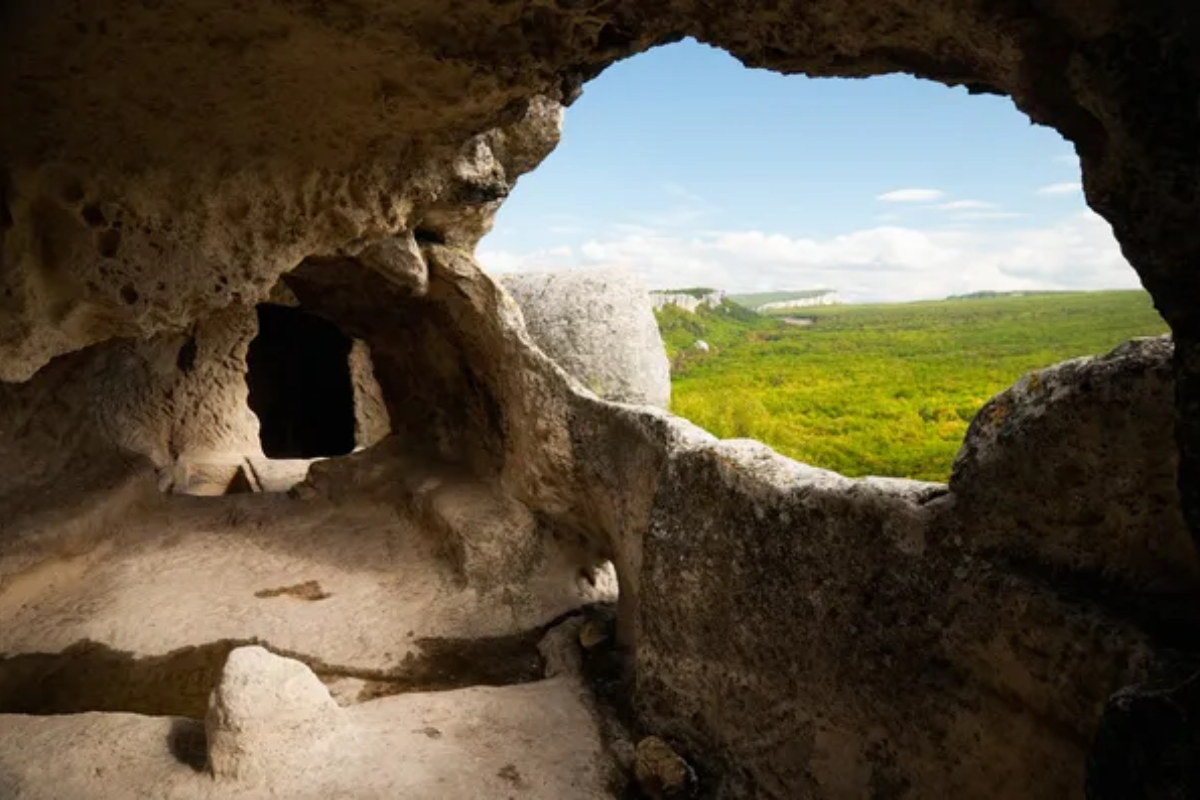
Rawhiti Cave contains one of the world’s most diverse collections of stalactites. Due to phototropic algae, many grow toward light rather than straight down. The 40-minute uphill hike to reach the cave entrance rewards visitors with a massive archway opening that allows enough light for an unusual plant ecosystem to thrive.
This blend of geological wonders and unique plant life makes Rawhiti particularly interesting to cave enthusiasts and botanists studying adaptable species.
Honeycomb Hill Caves
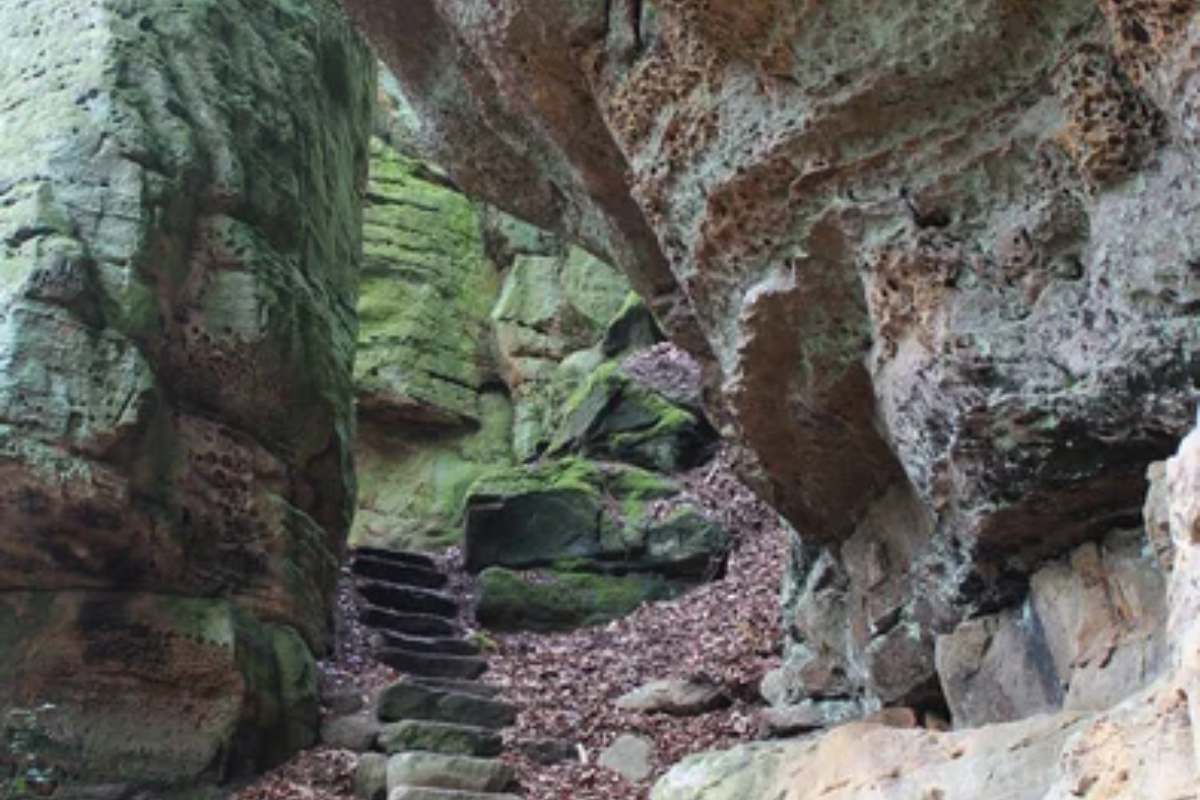
The Honeycomb Hill cave system contains over 70 entrances and 14 miles of mapped passages, creating a literal Swiss cheese effect in the limestone hills of Kahurangi National Park. These caves have yielded rich fossil deposits, including bones from at least 50 species of birds preserved in dry passages for up to 20,000 years.
The complex is strictly protected as a scientific reserve, with access granted only for research purposes or through rare guided tours arranged months in advance.
Like Travel Pug’s content? Follow us on MSN.
Cathedral Caves
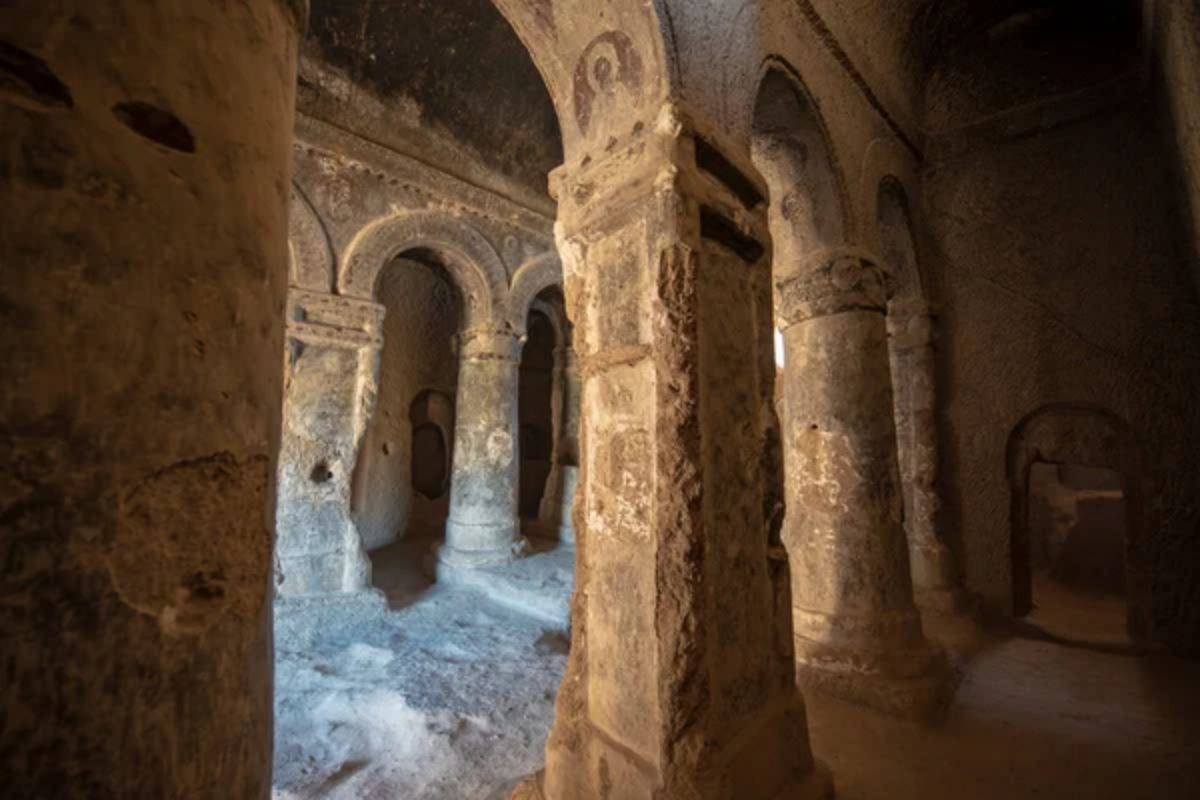
Cathedral Caves feature two massive sea caves connected by a 650-foot passageway that can only be accessed at low tide along Waipati Beach on the Catlins coast. The cathedral-like acoustics inside create remarkable echoes, with the main chamber reaching nearly 100 feet in height.
Visitors time their explorations with the tides, walking along the beach to these naturally formed caverns where waves crash dramatically during incoming tides.
Fox River Caves
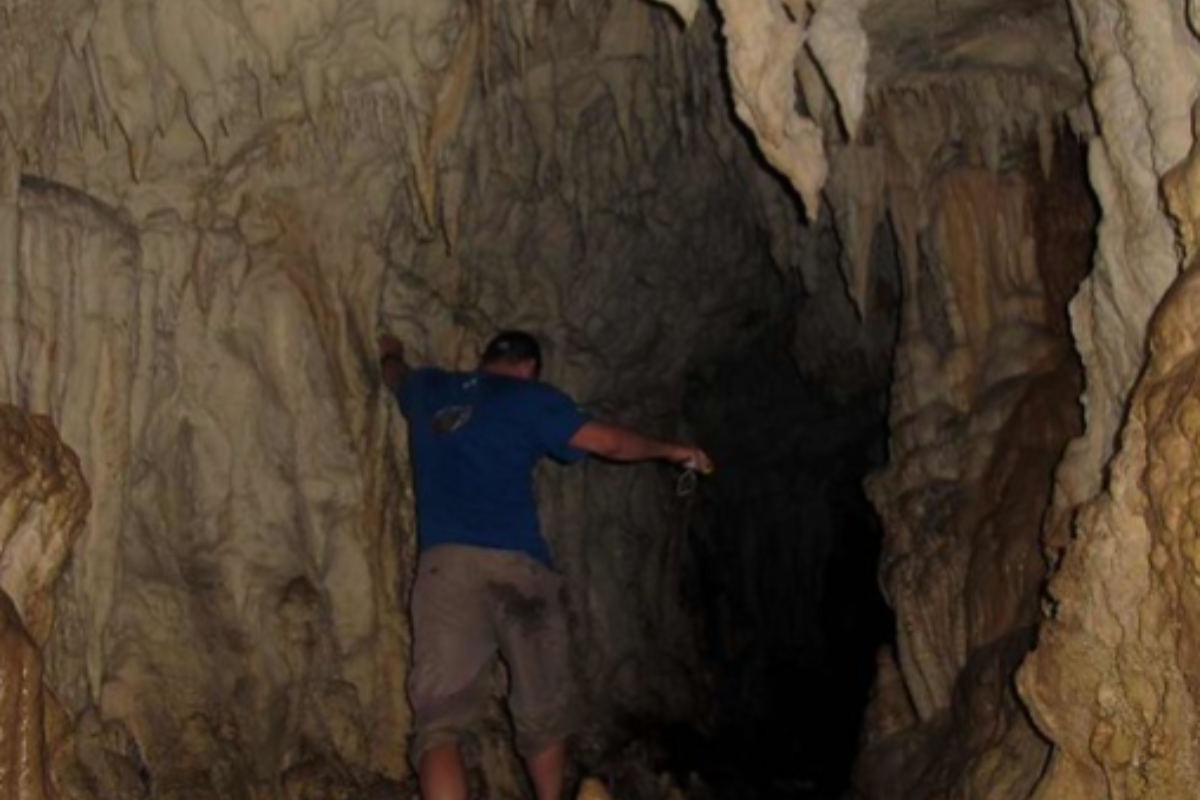
The Fox River Caves near Punakaiki offer a self-guided adventure through impressively large chambers filled with stalactites and stalagmites formed over thousands of years. Visitors navigate by headlamp through the main passage, which features stunning flowstone formations and ancient marine fossils embedded in the walls.
The relatively accessible nature of these caves provides a perfect introduction to caving for beginners while still delivering a genuine sense of underground exploration.
Ngarua Caves
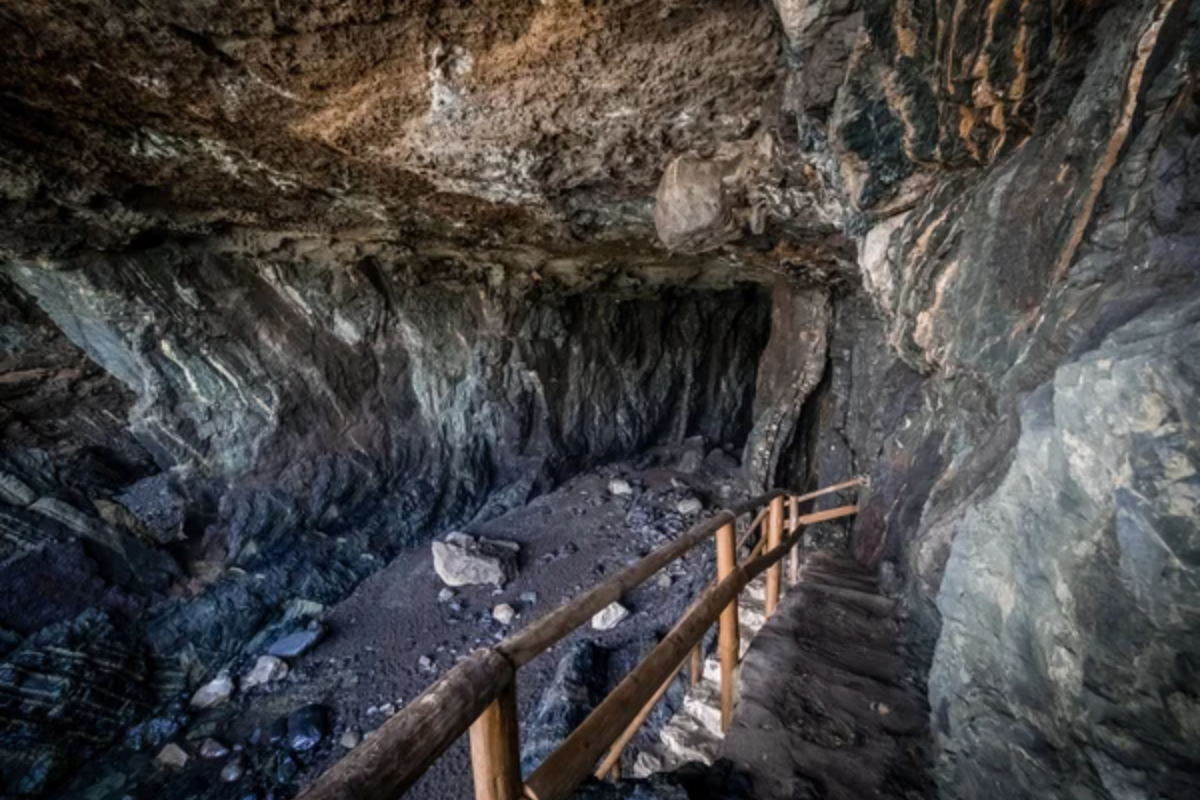
Located on Takaka Hill between Nelson and Golden Bay, the Ngarua Caves contain perfectly preserved moa bones from extinct flightless birds. The marble ceiling and walls were formed from ancient seabeds compressed and lifted by tectonic forces over 20 million years ago.
Guides lead visitors along established pathways past dramatic stalactites, natural columns, and hidden chambers that seem plucked from fantasy.
Like Travel Pug’s content? Follow us on MSN.
Gardner’s Gut
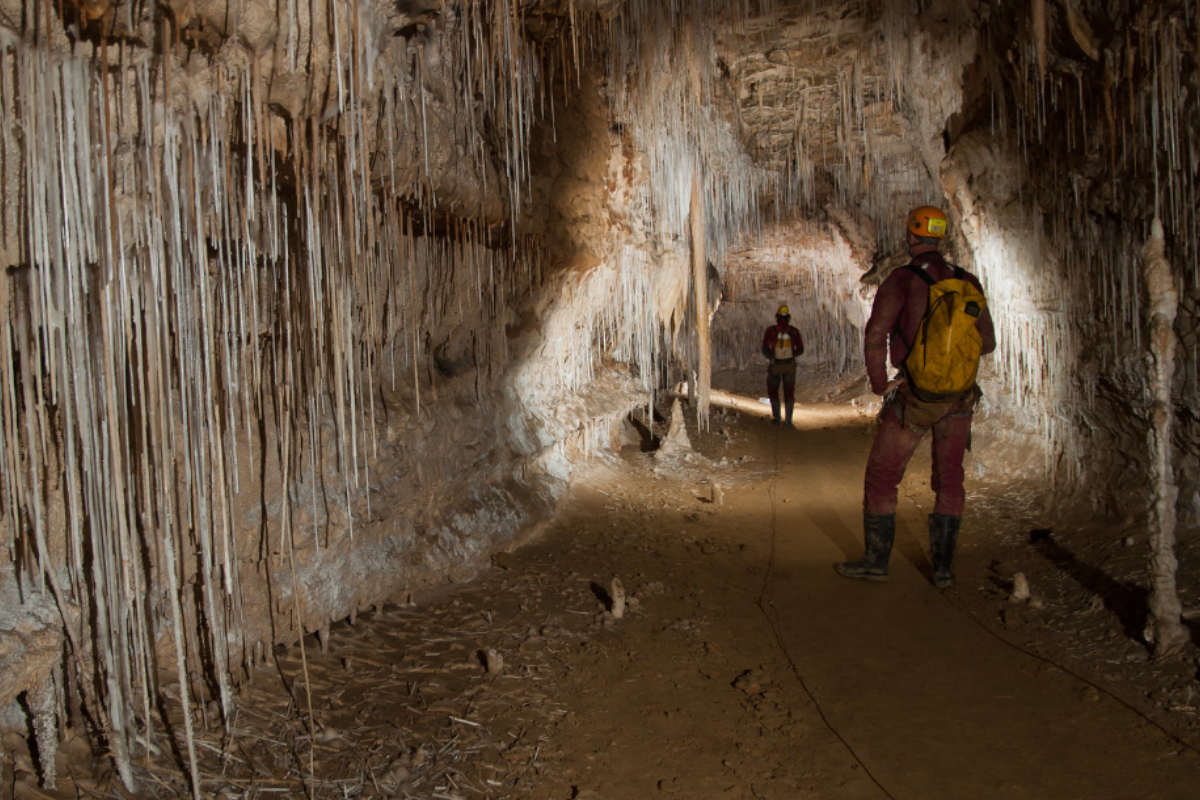
Gardner’s Gut in the Waitomo region challenges experienced cavers with over a mile of diverse passages, including crawls, climbs, and underground streams. The highlight is the stunning ‘Wedding Chamber,’ where pure white flowstone cascades down like a frozen waterfall illuminated by cavers’ headlamps.
This cave requires proper equipment and experienced guides, rewarding adventurers with pristine formations rarely seen by casual visitors.
Footprint Passage
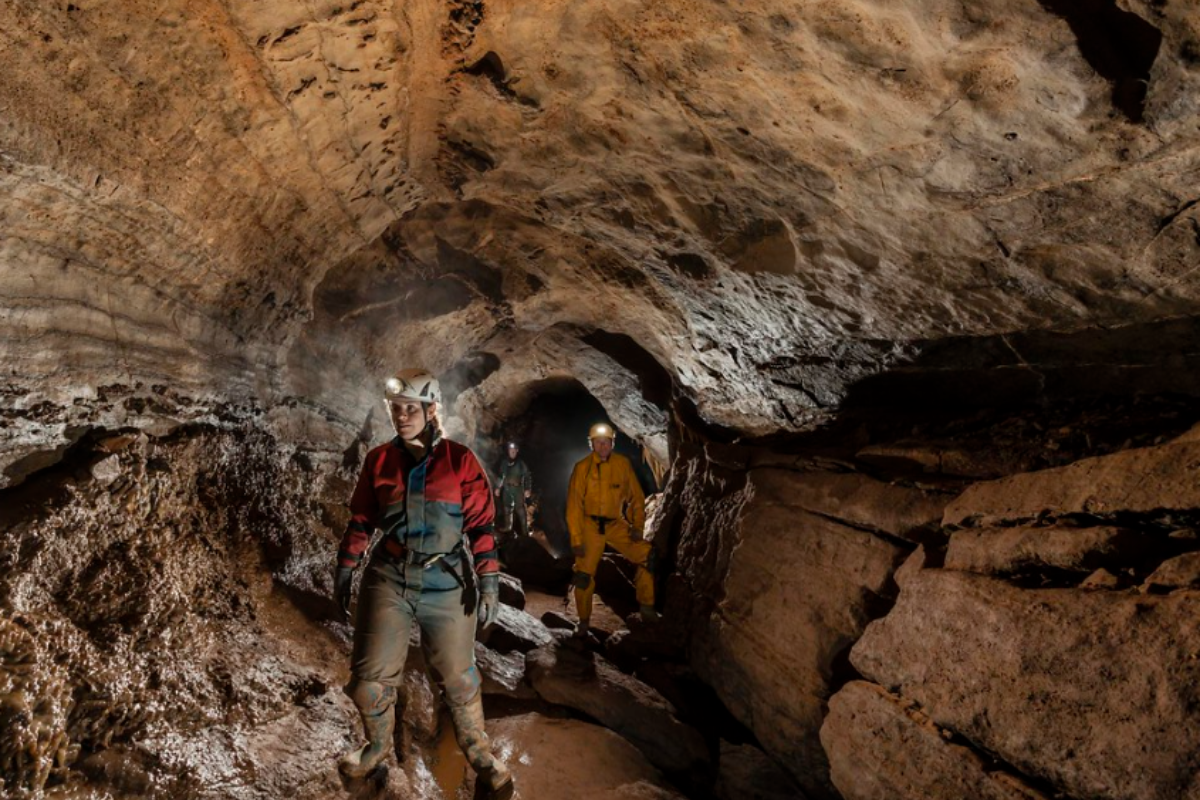
Located within the Metro Cave system near Charleston, Footprint Passage contains preserved footprints of extinct giant moa birds that have remained undisturbed for thousands of years. The impressions were created when the birds walked through soft mud that later hardened, providing rare physical evidence of how these massive birds moved.
The passage demonstrates nature’s perfect preservation capabilities, maintaining these delicate impressions in the stable cave environment, where they remain protected from erosion.
Waipu Caves

The Waipu Caves in Northland offer a free, undeveloped caving experience with some of the most accessible glowworm displays in New Zealand. Visitors wade through shallow underground streams and navigate unlit passages using their torches before reaching chambers where glowworms create mesmerizing blue light shows.
The absence of commercial development creates a raw adventure experience, though visitors must bring proper footwear and lighting to navigate safely.
Like Travel Pug’s content? Follow us on MSN.
Bohemian Cave

Bohemian Cave on Takaka Hill earned its name in the 1970s when alternative lifestylers held underground gatherings in its spacious main chamber. Massive limestone columns frame the entrance, creating a natural stage-like setting that occasionally hosts small acoustic performances with remarkable natural acoustics.
The cave’s relatively dry environment has preserved ancient Māori charcoal drawings near its entrance, adding cultural significance to its natural beauty.
Oparara Arches
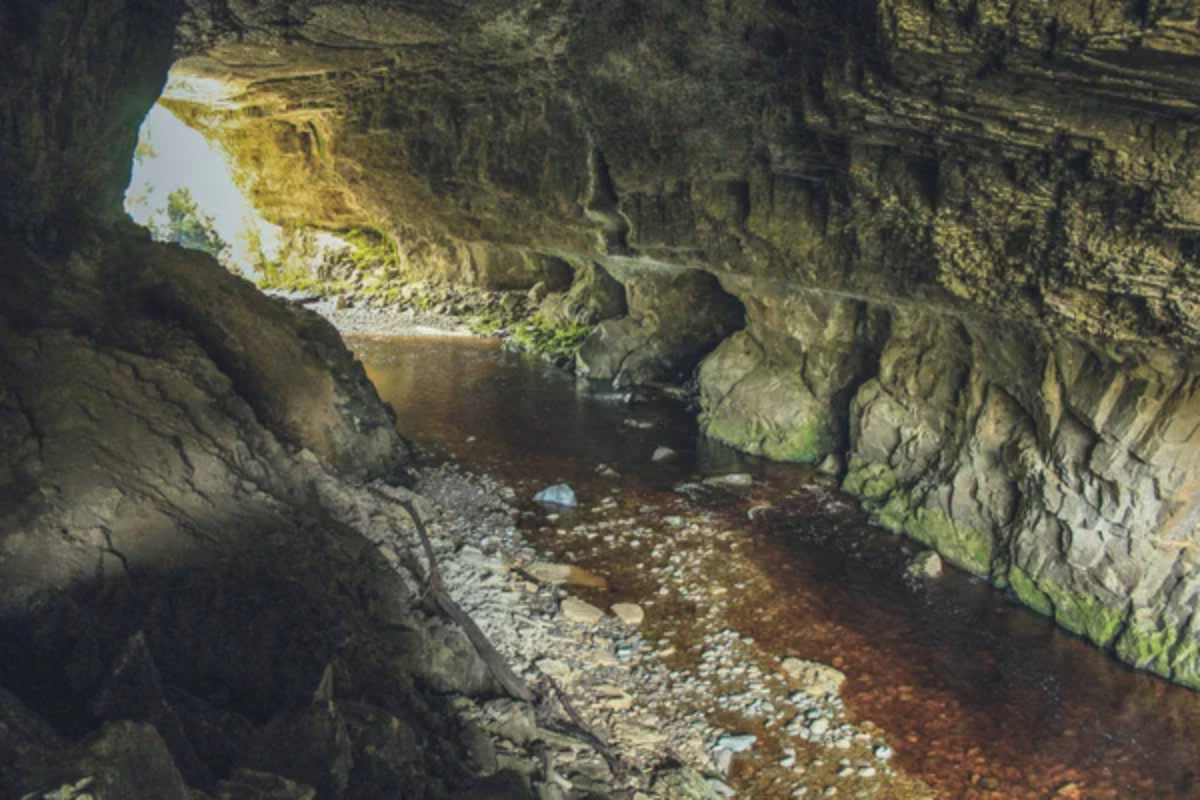
While technically natural bridges rather than true caves, the Oparara Arches in Kahurangi National Park feature cave-like elements with massive limestone formations spanning an emerald-green river. The largest arch rises 200 feet high and extends nearly 150 feet, creating a cathedral-like space with sunbeams filtering through ferns growing along the top edge.
The surrounding area contains numerous true caves, including the Moria Gate Arch and Mirror Tarn, where perfect reflections double the impact of these remarkable geological formations.
Mangawhitikau Cave System
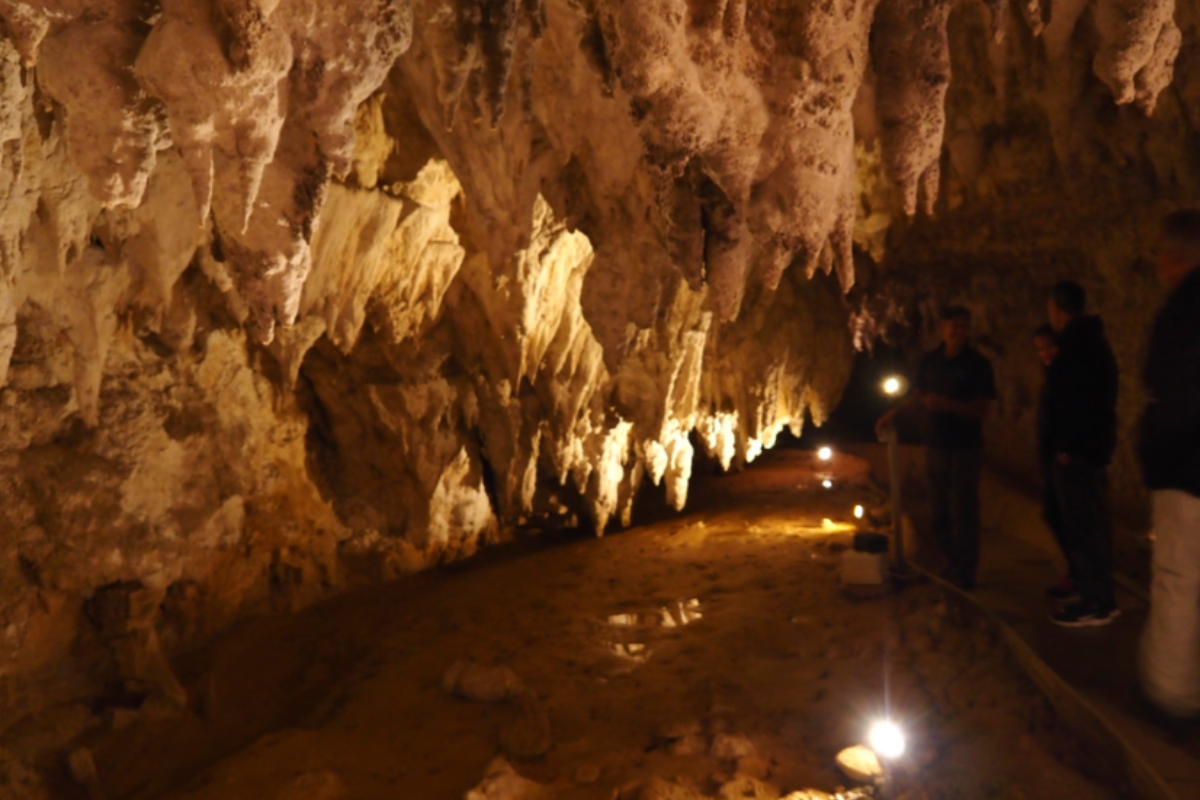
The Mangawhitikau Cave System in the King Country region features a challenging underground river course popular with adventurous cavers seeking a true subterranean expedition. Navigating these caves requires swimming through underground pools, climbing waterfalls, and squeezing through narrow passages carved by water over millennia.
After heavy rainfall, cave sections can become impassable as the underground river transforms into rushing rapids, making timing essential for safely exploring this dynamic underground environment.
Like Travel Pug’s content? Follow us on MSN.
The Journey’s End
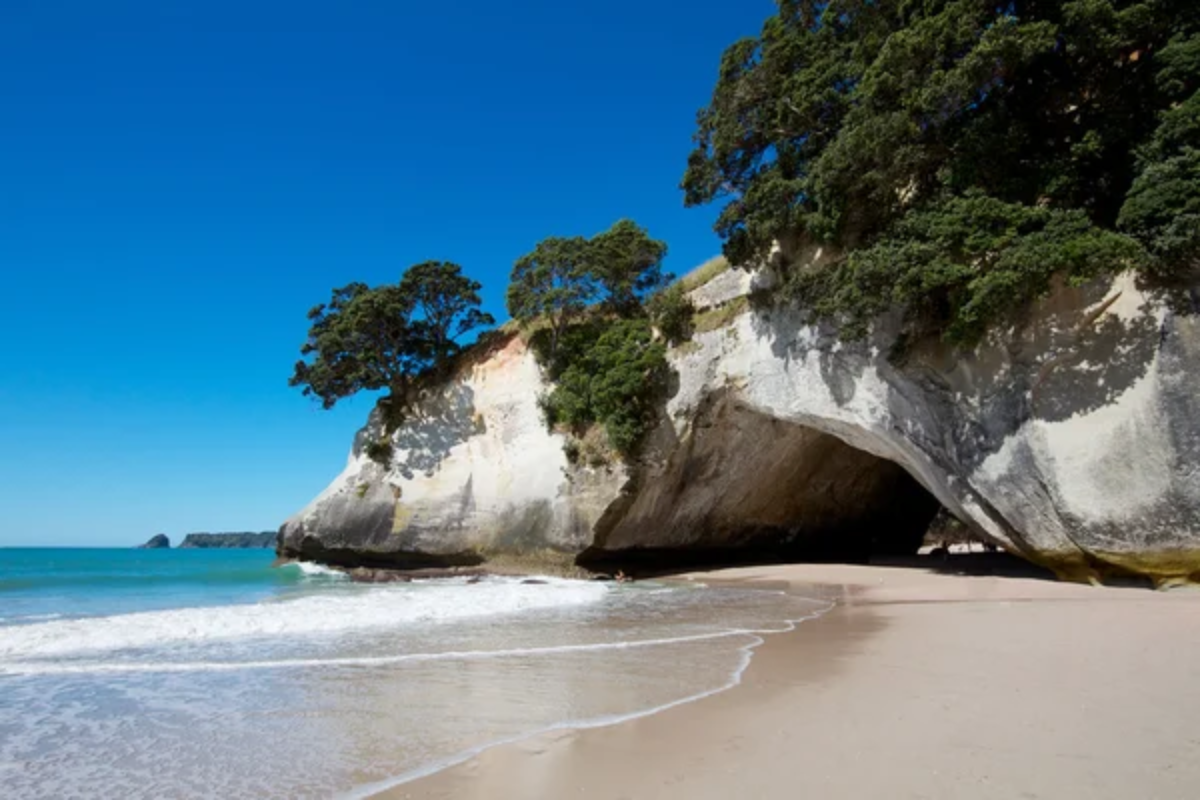
New Zealand’s underground landscapes represent Earth’s most remarkable natural wonders. They preserve geological history while creating environments of breathtaking beauty.
The country’s dedication to protecting these subterranean treasures while making many accessible demonstrates a balance between conservation and exploration. Whether floating beneath glowworms, rappelling into ancient abysses, or wading through underground rivers, cave adventures offer perspectives on our planet that are simply not available aboveground.
More from Travel Pug

- 20 Mind-Blowing Things You Probably Didn’t Know You Could Do in the U.S.
- The Best Cruise Ship Experiences for U.S. Citizens
- The Best U.S Travel Destinations for Golf Lovers
- The 25 Most Dangerous Cities in the World (Exercise Caution if Travelling There)
- The Best Fall Foliage Spots in New England (Must-See Places)
Like Travel Pug’s content? Follow us on MSN.
